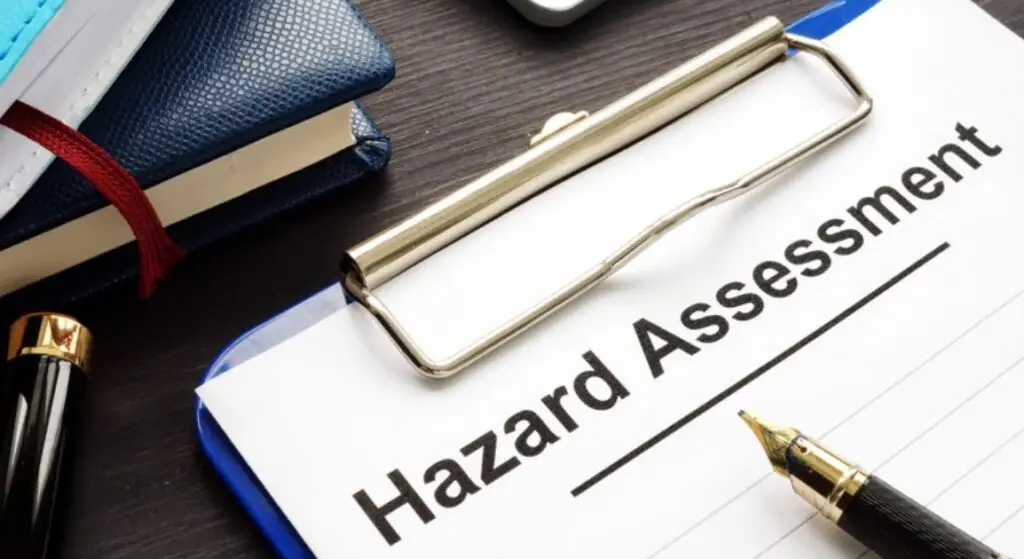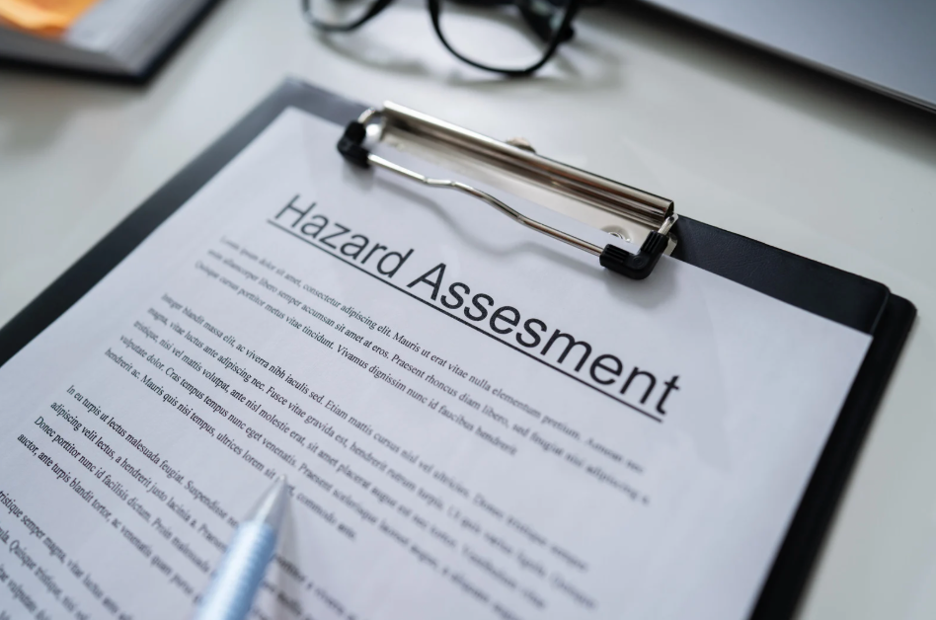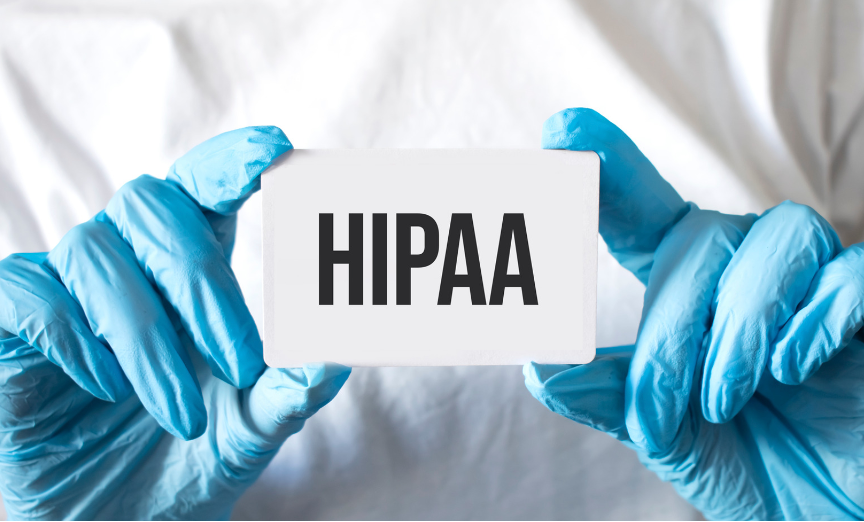Healthcare facilities present unique safety challenges, as employees are exposed to a wide variety of potential hazards daily. An OSHA Hazard Assessment is important to identify those hazards. The Occupational Safety and Health Administration (OSHA) requires employers, including healthcare providers, to conduct a comprehensive hazard assessment to identify and mitigate these risks. Performing regular OSHA hazard assessments not only ensures compliance but also protects employees, patients, and visitors from potential harm. Here’s a guide to what healthcare facilities need to know about hazard assessments and how to implement them effectively.
What Is a Hazard Assessment?
An OSHA hazard assessment is a systematic review of potential risks in a workplace. OSHA mandates that employers evaluate potential dangers, such as physical, chemical, biological, and ergonomic hazards, to implement the necessary safety measures. In healthcare facilities, these hazards can range from exposure to infectious agents and chemicals to risks of physical injuries and ergonomic strain.
Key OSHA Standards Relevant to Healthcare Facilities
- Bloodborne Pathogens Standard: Protects healthcare workers from risks associated with exposure to infectious agents.
- Hazard Communication Standard: Ensures that staff are informed about hazardous chemicals in the workplace.
- Personal Protective Equipment (PPE): Requires employers to assess the workplace and determine necessary PPE for employees.
- Ergonomics Program: Aims to minimize musculoskeletal disorders among healthcare workers due to repetitive motions and heavy lifting.
Understanding these standards is crucial, as OSHA inspectors evaluate compliance based on them. Failure to meet these standards can lead to penalties, making regular assessments essential.
Steps in Conducting a Hazard Assessment
1. Identify Hazards:
Several OSHA standards apply specifically to healthcare environments. Key areas include:
- Physical Hazards: Slippery floors, electrical hazards, sharp instruments, and high-noise areas.
- Chemical Hazards: Cleaning agents, disinfectants, and medications that require safe handling.
- Biological Hazards: Exposure to pathogens, contaminated waste, and sharps.
- Ergonomic Hazards: Repetitive tasks, heavy lifting, and awkward postures.
2. Evaluate and Prioritize Risks:
After identifying hazards, assess their severity and likelihood to prioritize resources. For example, managing sharps-related injuries and bloodborne pathogens will be a high priority due to the potentially severe consequences.
3. Determine Necessary Controls:
OSHA promotes a hierarchy of controls to minimize risks, which include:
- Elimination/Substitution: Removing hazardous materials where possible.
- Engineering Controls: Installing ventilation systems or using sharps containers.
- Administrative Controls: Establishing protocols for safe work practices.
- Personal Protective Equipment (PPE): Providing gloves, face shields, and other protective gear.
4. Implement Controls and Train Employees:
Once controls are in place, train all staff on proper procedures, such as donning PPE, handling sharps safely, and using mechanical lifting devices.
5. Regular Review and Update:
Healthcare environments are dynamic, with new equipment, processes, and staff turnover. Perform regular hazard assessments, especially when there are significant changes, to ensure controls remain effective.
Best Practices for Healthcare Hazard Assessment
- Create a Safety Culture: Encourage employees to report hazards and participate in safety training.
- Use Technology: Implement tools for reporting and tracking hazards, which can help in maintaining up-to-date records and identifying trends.
- Conduct Drills: Regular drills for emergencies, like fire or infection outbreaks, help ensure that everyone is prepared and knows the safety protocols.
- Engage in Continuous Improvement: Evaluate incidents and near-misses to identify areas of improvement.
Benefits of a Hazard Assessment in Healthcare Facilities
- Improved Employee Safety: Reducing exposure to hazardous conditions lowers injury and illness rates.
- Reduced Liability: Meeting OSHA standards helps avoid potential fines and legal repercussions.
- Enhanced Patient Care: A safe environment for staff leads to better patient care and outcomes.
- Increased Staff Retention: Safe workplaces foster job satisfaction and reduce turnover in a challenging industry.
Conducting an OSHA hazard assessment in healthcare facilities is essential for maintaining a safe environment for employees and patients alike. By systematically identifying hazards, implementing controls, and regularly updating safety measures, healthcare providers can ensure compliance with OSHA standards and protect their most valuable assets—their people.
Experience Better Healthcare Compliance with MedSafe
We’ve been assisting our clients with their compliance needs for over 30 years. Let us help build and maintain your OSHA and/or HIPAA program(s) so you can focus on your patients. Contact us today.
Additional Resources:



